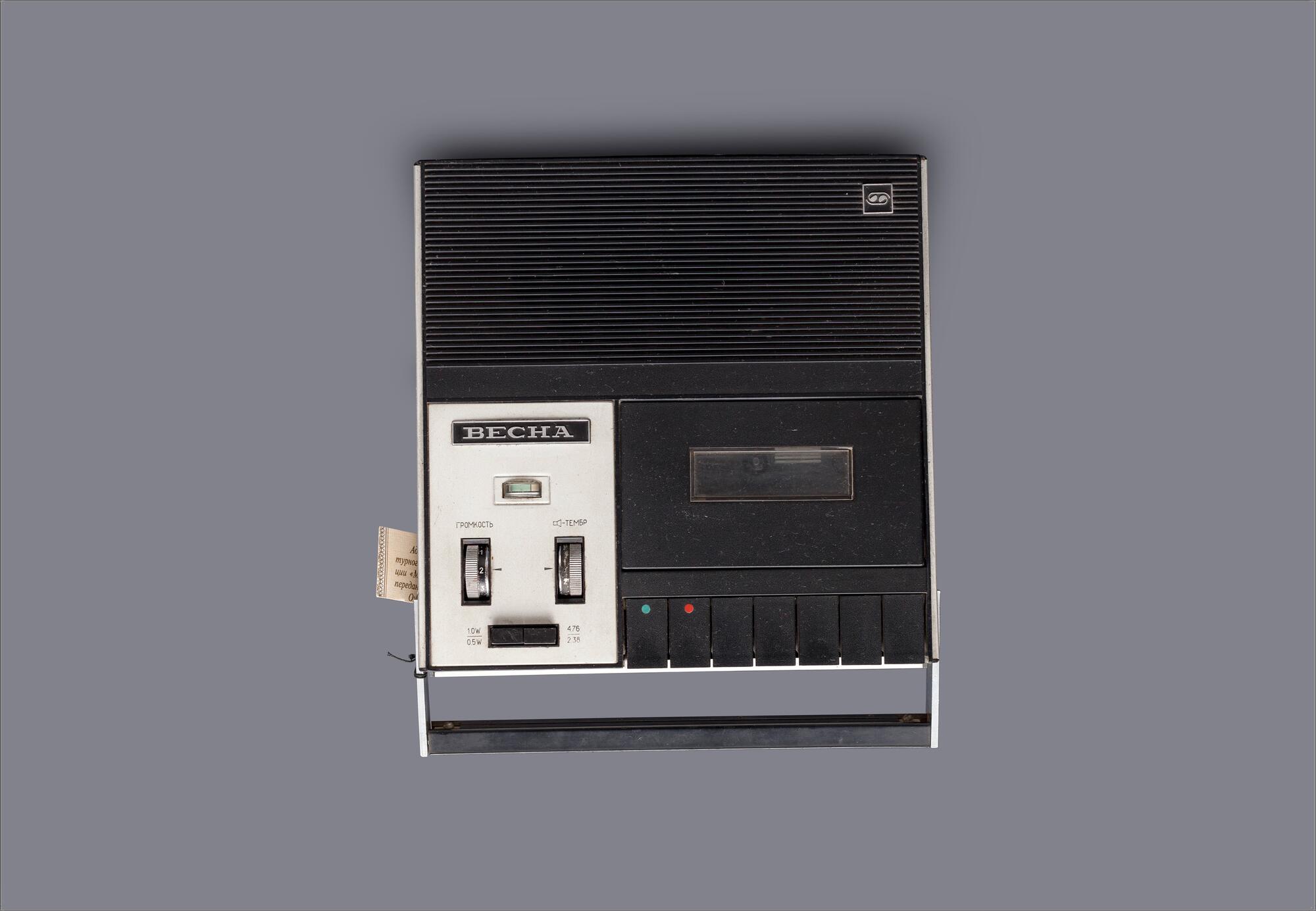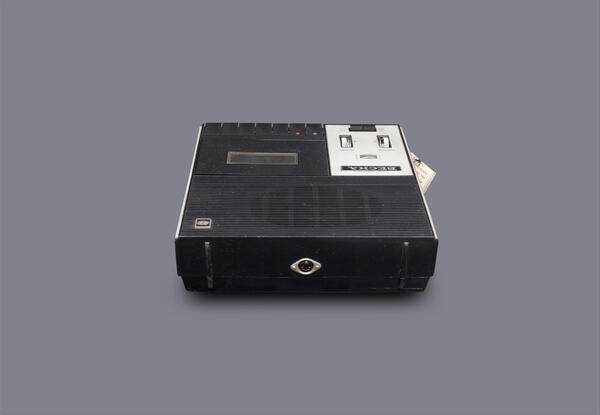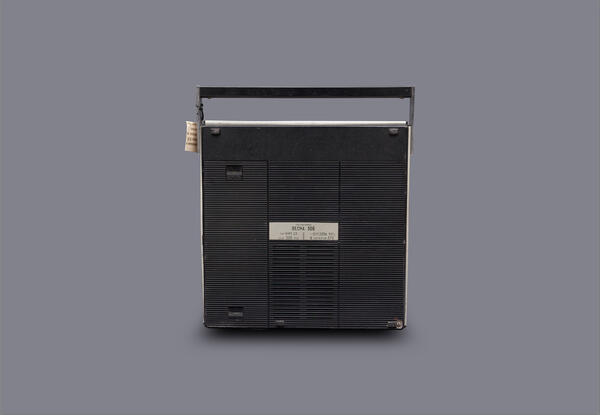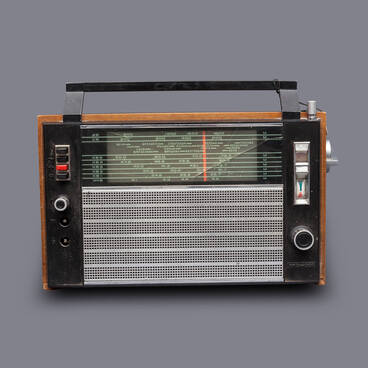The first batch of the Vesna-306 tape recorders rolled off the assembly line at the Iskra Electromechanical Factory in Zaporozhye in 1972. The model was a two-speed, portable cassette recorder, which was designed to record and play voice or music programs from a recorder microphone, radio receiver, another tape recorder, and the wire broadcasting line.
The Vesna-306 established itself as one of the best-in-class home cassette tape recorders. The recorder had an original tape-drive mechanism. It was powered by a novel contactless electric motor. It differed from all other cassette TDMs by preventing the magnetic tape speed fluctuations in transport.
The design of the rewind unit of this particular tape recorder made tape breakage impossible. One of the advantages was reliable tape cassette fixation. In addition, the tape-drive mechanism had a write protection device.
The electric part of the tape-recorder was based on transistors, it had a high-frequency tone control, i.e., it was possible to achieve the best possible sound fidelity with different signal sources. The unit was also equipped with a record level indicator, a power control indicator, and a two-position power output switch.
In the fall of 1972, the Vesna-306 tape recorder was also produced by the Perm Elektropribor Factory, though in all, a limited number of devices were made — about 3,000 units. The tape recorder accommodated the MK-60 cassette type. The acoustic system consisted of a 1GD-40R type loudspeaker.
To power the Vesna-306, the owners had to buy a set of six D-type batteries. The tape recorder could also be powered from AC mains (127 or 220 V) through the built-in power supply.
The tape recorder provided for two tape speeds, 4.76 and 2.38 centimeters per second. The sound frequency range at the line output was 63 to 10,000 Hz with the higher speed and 63 to 5,000 Hz with the lower one. With relatively small dimensions, the device weighed 3.7 kg.
The Vesna-306 established itself as one of the best-in-class home cassette tape recorders. The recorder had an original tape-drive mechanism. It was powered by a novel contactless electric motor. It differed from all other cassette TDMs by preventing the magnetic tape speed fluctuations in transport.
The design of the rewind unit of this particular tape recorder made tape breakage impossible. One of the advantages was reliable tape cassette fixation. In addition, the tape-drive mechanism had a write protection device.
The electric part of the tape-recorder was based on transistors, it had a high-frequency tone control, i.e., it was possible to achieve the best possible sound fidelity with different signal sources. The unit was also equipped with a record level indicator, a power control indicator, and a two-position power output switch.
In the fall of 1972, the Vesna-306 tape recorder was also produced by the Perm Elektropribor Factory, though in all, a limited number of devices were made — about 3,000 units. The tape recorder accommodated the MK-60 cassette type. The acoustic system consisted of a 1GD-40R type loudspeaker.
To power the Vesna-306, the owners had to buy a set of six D-type batteries. The tape recorder could also be powered from AC mains (127 or 220 V) through the built-in power supply.
The tape recorder provided for two tape speeds, 4.76 and 2.38 centimeters per second. The sound frequency range at the line output was 63 to 10,000 Hz with the higher speed and 63 to 5,000 Hz with the lower one. With relatively small dimensions, the device weighed 3.7 kg.







